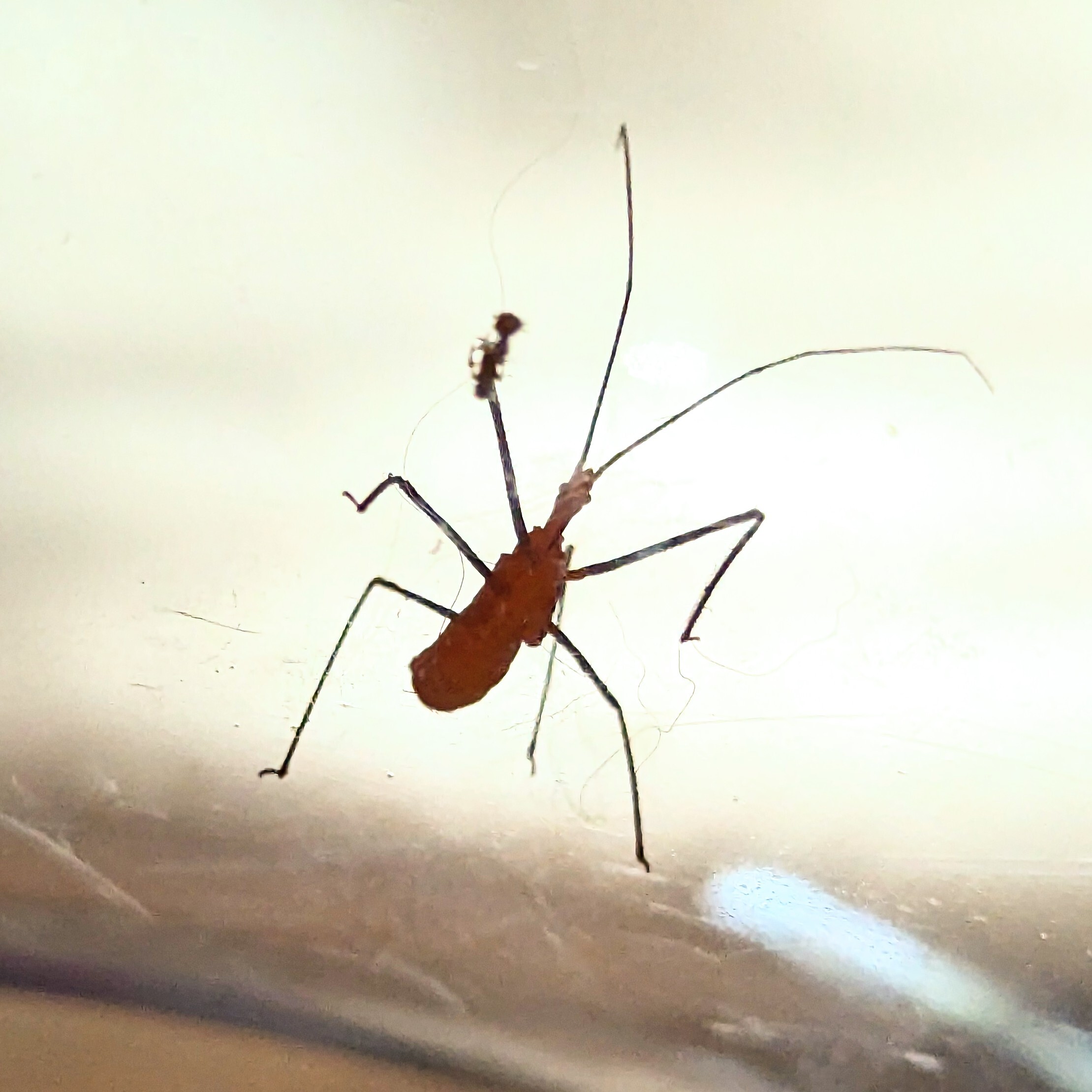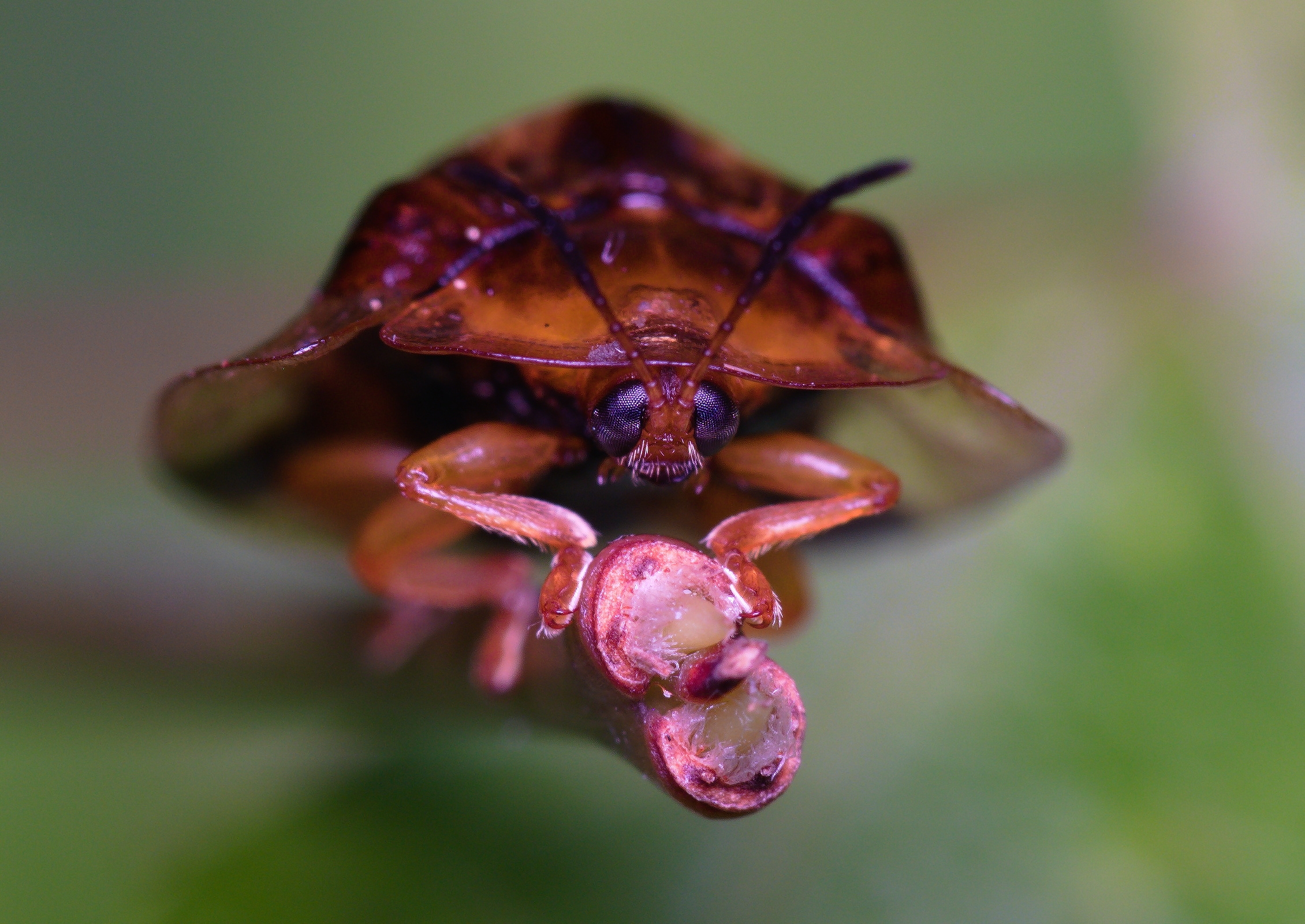103
1
115
1
How to Protect Yourself from Ticks and the Dangerous Diseases They Spread
(www.scientificamerican.com)
116
1
118
1
119
1
Entomology
471 readers
1 users here now
A general community to post things about insects
For more specific communities:
Isopods and Myriapods: !isopodmyriapod@mander.xyz
A community for our eight-legged friends: !arachnology@mander.xyz
founded 1 year ago
MODERATORS




